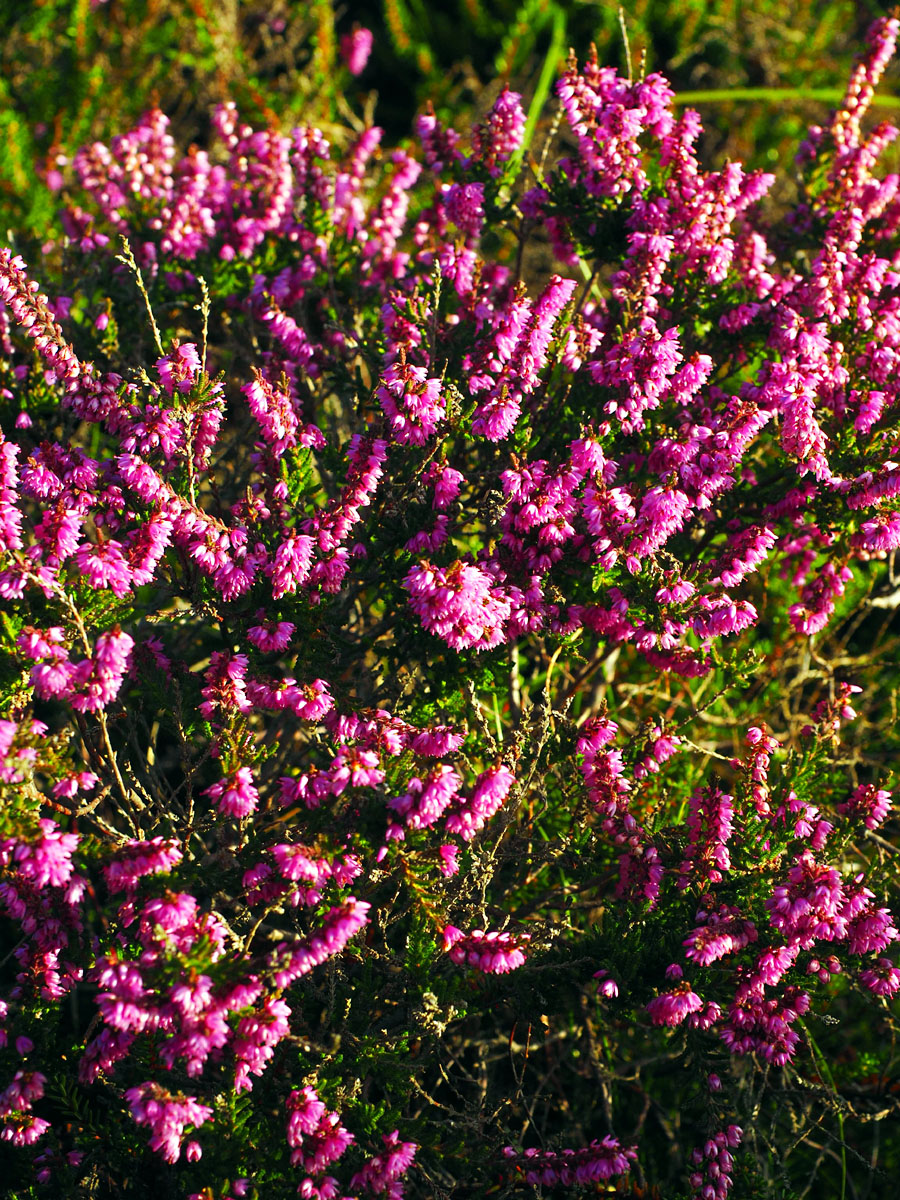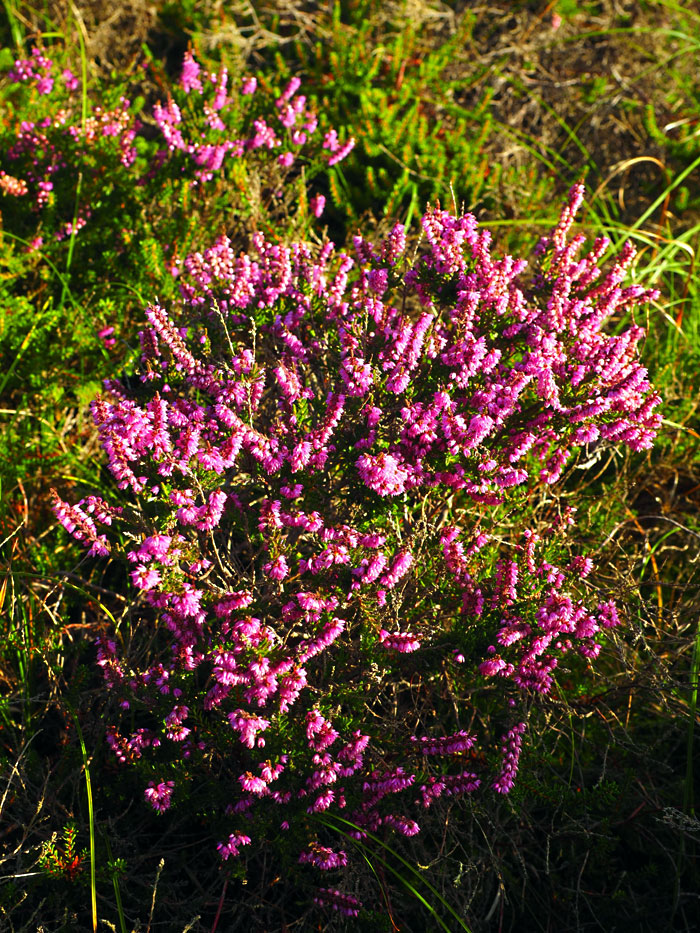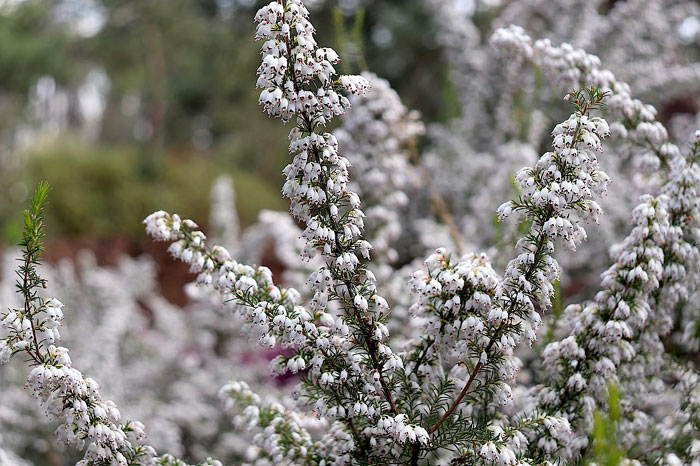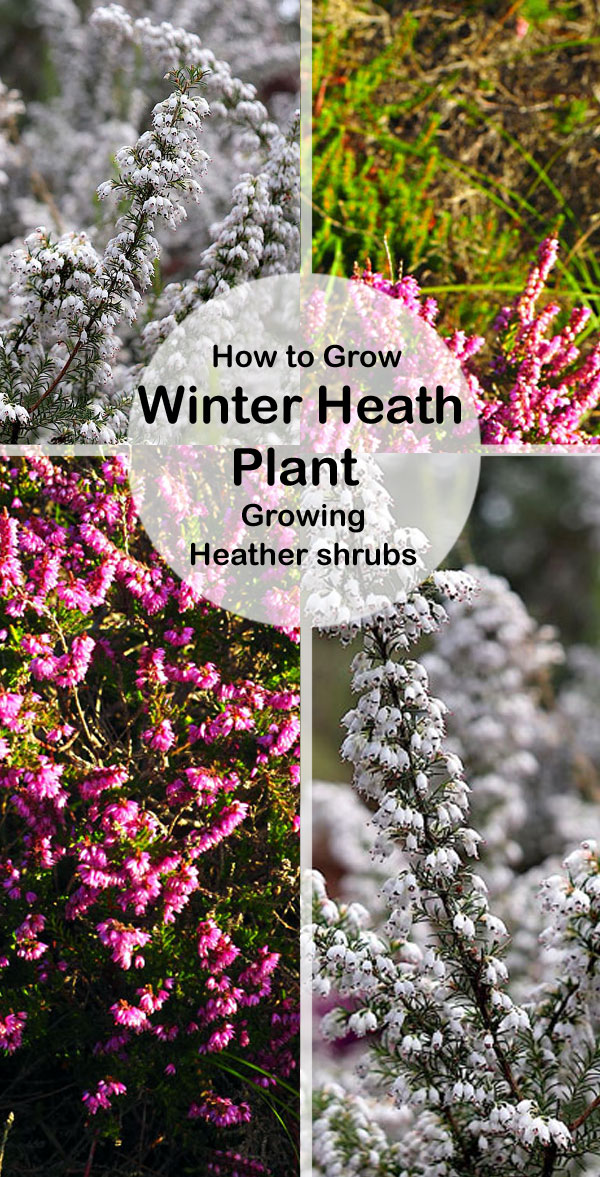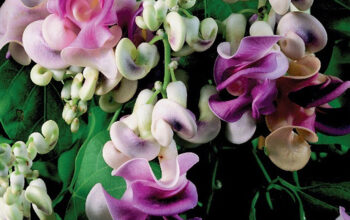Winter Heath Plant (Heather shrubs)
It grows in coniferous woodlands or on stony slopes in the mountainous regions of eastern, central, and southern Europe, as well as in western Asia and North Africa. Erica carnea is also known as winter heath plant, Heather, winter-flowering heather, spring heather, ling, or alpine heather. Sub shrubs of this species reach 10 to 25 centimeters high, bearing needle-like leaves 4–8 millimeters long, held in whorls of four. Usually, flowers begin to appear while the plant still has the snow covering it; the individual flowers are dark reddish-pink, rarely white, and are produced in racemes in late winter to early spring. Several hundred cultivars of Heather shrubs have been selected for their sun and shade-tolerant characteristics; their winter flowering is widely used as an ornamental.
Overview Winter Heath Plant
Scientific name Erica carnea
Common name Heather, winter heath, winter-flowering heather, spring heather, alpine heather.
Plant type Shrub
Sun Full sun to part shade
Soil Well-drained, rich soil
Soil pH 4.5 to 5.5
Flower colors Pink, Red, White, and purple.
Blooming time Fall to early Spring
Zone 4-6
How to Grow and Care, Winter Heath Plant
In winter, when most plants are hibernating, winter heather can always bring some color to your garden, even when it’s snowing. Usually, the plants are planted in the fall or early spring, so they may become established. Protect your plant with straw or evergreen boughs if it will be exposed to very cold temperatures. Avoid covering your plants with leaves or other heavy mulch that can damage them.
Growing from seeds
Those who wish to grow winter heath from seeds should sow these seeds into a moist and fast-draining seed starting mix. Put the container where they were planted inside a plastic bag and keep it in your refrigerator for about a month. Keep the container in a bright, cool place—such as under a basement grow light so that the temperature stays at 65–68 degrees Fahrenheit until the seeds germinate, which can take several months.
Growing from cuttings
Layered cutting may be the better method of propagating winter heath when seeds won’t always grow. Prostitutes can grow roots without your help. Then separate them from the plant from which they developed. Add one inch of compost to the bottom of a six-inch pot. Fill the space between the two pots with more compost and place the smaller one into the larger one. Put a heather cutting in each hole created by the pencils and then poke them into the compost. Make sure the compost is thoroughly soaked and packed with the cuttings. After they have developed a healthy root system, the cuttings are transferred to a moist growing medium.
Sunlight
Heather needs at least half a day of direct sunlight. More direct sunlight is better as the colors of the foliage are intensified. Appreciate summer shade in hot areas. The foliage color will become dull and the new growth will be spindly if too much shade is provided.
Soil
These plants prefer an acidic soil pH range of 4.5 to 5.5. Make sure you add damp peat moss or other acidic soil amendments if the pH of your soil is neutral (6.5-7.5). These plants can’t survive without good drainage. To produce acidic soil that drains properly, fill a raised bed with equal parts topsoil, sand, and composted bark or peat moss. Clay soil provides neither the right pH nor proper drainage. Build a modest berm if you are dealing with boggy soil, which may have the right pH but is too wet.
Watering
Throughout the first season, water your plant every week when the soil is dry. However, you should not let the soil become soggy. Plants will grow faster and more vigorously if the soil is moist. After establishment, they are drought-tolerant and require little watering.
Fertilizer
In the event that your plant is growing well and healthy, you don’t need to add fertilizer. To strengthen plants that don’t thrive, apply a mild fertilizer to acid-loving plant species, such as azaleas, rhododendrons, or hollies. Fertilizing once a year in the late winter or early spring is adequate; there is no need to do so every year.
Pruning
Trim heather lightly in spring after the blooms fade. Heather can be pruned quite easily. If it becomes lopsided at some point, shear it heavily to correct this issue. Simply round the sides and trim the top lightly. Don’t cut into the old wood when removing the shoot tips. You can cut small plants with scissors, for larger plants use shears.
Read also:
How to grow and care for Persian shield houseplants. Ridge gourd growing and care tips. Gowing and care Shark fin melon. Ranunculus flowering plants growing guide. 11 best winter flowers for your garden. Bachelor button flowers growing at your home. Growing Episcia plants at your home. Growing Holly trees in containers. Organic cherry tomatoes growing guide. Fava beans growing and care tips.
For pin:

